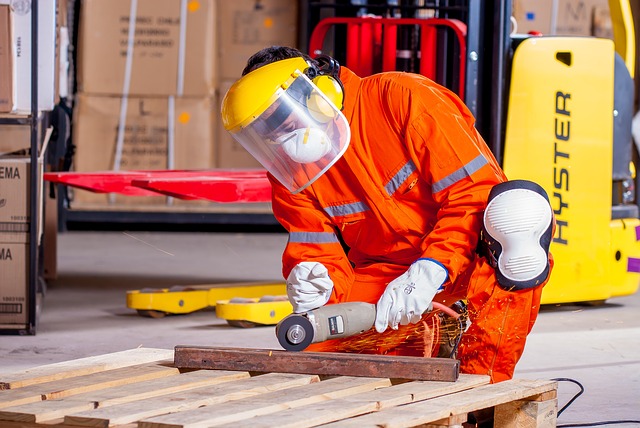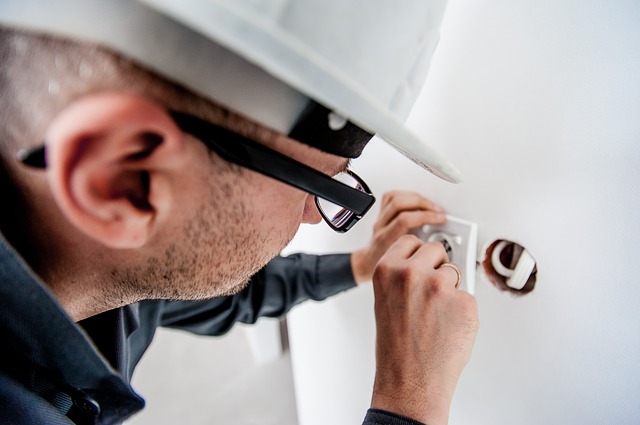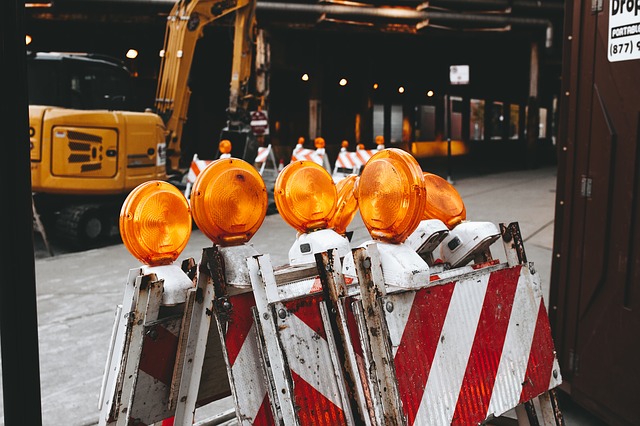Machine Safety: Guide for 2017
It goes without saying that safety when using machinery is imperative. People can be struck and injured by moving parts of machinery or lose parts. Parts of the body can also be drawn in or trapped between rollers, belts and pulley drives.
Whilst these are nasty thoughts, they must be mentioned to highlight the dangers of neglecting safety measurements and procedures.
Common Hazards You Should Look Out For

- Sharp edges can cause cuts and puncture the skin, similarly rough surfaces can cause abrasion.
- In cases of using large machinery, people can be crushed between parts moving together.
- Machinery operating steam or water can cause burns and scalds. Water operated machinery also include electricity hazards.
- Unreliable machinery is also a major concern. Ensure that the correct safety measurements and checks are taken to avoid faulty machinery causing an accident.
- Never let a novice or inexperienced worker operate dangerous machinery on their own. It is essential that they must be accompanied and/or trained by an experienced worker before they can use the machine independently.
.
Machine Safety – First Steps to a Safe Environment

Before using any machinery, routine checks of the machine’s performance and structural integrity must be carried out. We have compiled a list of the essential tasks that you must ensure are completed:
- Produce a safe system/routine of work for using the machinery and ensuring the site is clear of any hazards.
- Ensure every static machine has been installed properly and has been clamped or fixed into a safe and sturdy position.
- DO NOT put the customers or workers at risk – choose the right machine(s) for the job and do not put the machines where customers and workers may be at risk.
- New machines should be CE marked and supplied with a DOC (Declaration of Conformity) form so you know the product has been certified by a trusted governing body.
Preventing Access to Dangerous Parts

This section is to make you think about how you can ensure a machine is safe. The measures you use to prevent accidents and malfunctions should follow the order below:
- Used fixed guards when operating all machinery (secured with bolts/screws/nuts) to enclose the dangerous parts. The material you use for these guards must be durable – plastic is commonly used though is easily damaged, so this is something to consider.
- If fixed guards are not practical or obscure your view, other methods can be used. You can also interlock the guard so that the machine cannot start before the guard is closed, and cannot be opened whilst the machine is in use.
- Sometimes guards cannot supply adequate protection, in this case, use push sticks, jigs, holders etc if it is practical.
- Any remaining risks should be assessed by the operator and any training, information or supervision should also be enforced if necessary.
Other Things to Consider…

Some machines cannot be manually controlled, so to speak. Some care controlled by programmable electronic systems, such as the new Water Jet Cutter.
- Changes to electronic machines/systems should be carried out by a competent person. Keep a record of any changes made.
- Ensure control switches are clearly marked to show what they do.
- Ensure emergency stop controls are large and can be seen clearly.
- Do not lend unqualified or novice workers use the machinery without supervision.
- Supervisors should also be properly trained and be able to react swiftly and effectively in stressful and unpredictable situations.
- Machinery must be kept clean and tidy at all times. After use, any safety guards and/or fail-safe switches should be armed.
Dos & Don’ts For Machinery Safety

DO
- Check the machine is well maintained, fitted correctly, appropriate for the job and working properly. Any safety features such as guards, isolators, locking mechanisms should also be present when necessary.
- Follow the machine’s instructions and use it for its purpose.
- Protective clothing is a must no matter how small the job. Safety glasses, helmets, boots and hearing protection must be worn if the machine requires it
DON’T
- Use a machine or appliance that has a danger sign attached to it. These signs should only be removed by an authorised person who is satisfied that the machine is now able to carry out its function.
- Avoid wearing long chains, earrings, loose clothing and ensure long hair is tied up. Getting something caught in a machine can result in tragedy.
- Do not distract people who are using machines, save your conversation for later.
- Sometimes safeguards can actually cause more harm then good. Remove them if their presence becomes a hindrance, just be sure to take the necessary safety precautions in the absence of the guard.
Hopefully, by reading this guide, you’ll feel more at ease when operating certain pieces of machinery. Safety is paramount in any field, though machine safety must always require more attention, due to the wide variety of machines used in the industry every day.
